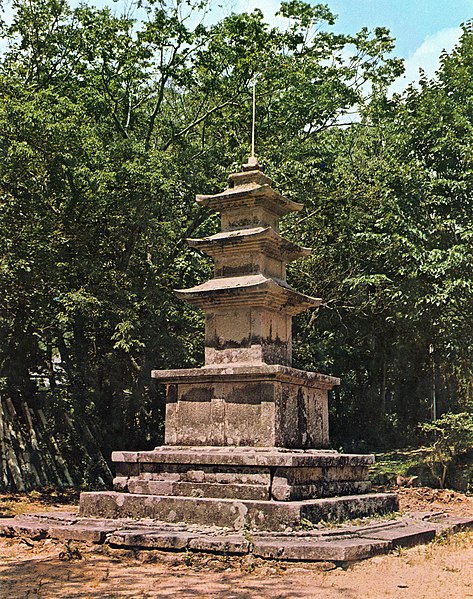Donghwasa, Daegu

Facts and practical information
Nestled in the lush folds of Palgongsan Mountain in Daegu, South Korea, Donghwasa Temple is a serene spiritual retreat with a history that stretches back to the Shilla Kingdom. Founded in 493 AD, this ancient Buddhist temple has been a beacon of tranquility and contemplation for over 1500 years. Its name, meaning "Paulownia Flower Temple," is derived from the legend that a paulownia tree bloomed on the site during its construction, symbolizing the propagation of Buddhism.
Donghwasa Temple is renowned for its stunning architecture, intricate sculptures, and the peaceful ambiance that pervades its grounds. The temple complex is home to a number of cultural treasures, including the Daeungjeon Main Hall, a stately structure housing precious Buddhist statues and artifacts. A highlight of the site is the towering statue of the Medicine Buddha, standing at an impressive 33 meters tall, which is a testament to the temple's dedication to healing and spiritual well-being.
Visitors to Donghwasa can partake in temple stay programs, where they have the opportunity to experience the monastic life, engage in meditation sessions, and gain a deeper understanding of Korean Buddhism. The temple also hosts various cultural events and festivals throughout the year, immersing guests in the rich tapestry of Korean spiritual practices.
Donghwasa – popular in the area (distance from the attraction)
Nearby attractions include: Pagyesa, Palgongsan, Eunhaesa, Hwanseongsa.















